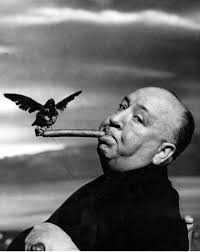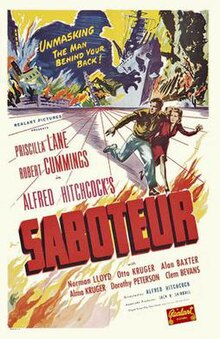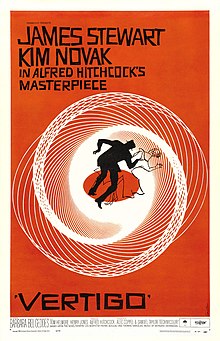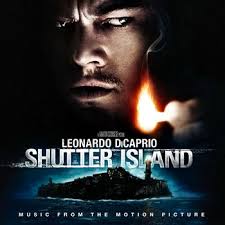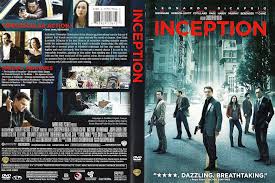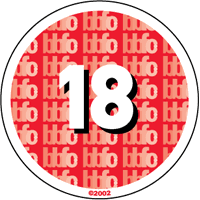So far, for our first shoot we have faced a few problems with filming, uploading and editing, luckily we have overcome these problems and thought of some solutions, we have spent more time outside of lessons looking at the camera and looking at editing tools and what effect they have so that when it comes to editing our clip; we do not have to spend too much time testing out different effects because we know how each effect works.
In the image below, it shows how we have put the clip together and tried to ass different video and audio effects onto the clip, it also shows how we have learnt to use the cutting tool (before this project, I had no idea how to use this or the premier programme)
Here (in the image above) we have attempted a match on action shot, showing the movement of the characters without showing every second of them moving, we have tried to cut parts and use an editing effects to make the clip flow more. Out first attempt at this did not include the middle shot; but after taking the advice from out teacher and discussing with my group, we decided that the only way to make our shot successful would be to be able to create a third shot, to track the movement of the characters more realistic.
analysis of first shoot:
Problems: The negatives we have noticed overall with out first shoot include the shot reverse shot. We concluded with the help and advice of our teacher; that we did not get the angle right with the shot reverse shot. We realised that we needed to me closer to being behind the characters rather than just facing them from a set distance and angle. Another problem we found was with our match on action - As explained above we thought it would be a better idea to takes three different shots, although the third part showed a problem. As it is a match on action shot, we are trying to track the movement of a characters(s), although in the third shot, we saw the characters already sat down. Also something that was my own personal fault as the person behind the camera, at the end of the clip when I zoomed into the boys face, you can see that I had realised that the camera had 'chopped' the top of the characters head off, you therefore see me realise this and move the camera up slightly which looks awful and makes a huge impact on the shoot.
Solutions: We have noted the problems that we had and addressed the negatives with our clip, as a group, we looked at the shoot over and over again and discussed some of the ways in which we could improve our clip when we re-film for the second shoot. Firstly; we thought to address the shot reverse shot problem, when we re-shoot we are going to guarantee that we shoot the characters face on so that there is no mistake with the technique we are trying to use and the characters do not feel as if they have to look to the side at all to look into the camera. To improve the match on action shot, we are just going to change the final/third clip and show the characters about to sit down so that therefore we are continuing to show their movement. The only way I can I can improve the mistake that I made is just to concentrate where the camera is and make sure that it is in the correct position before filming and if the character moves during the shoot then just re-film to ensure that we get the best product at the end.
Overall feedback via teacher:
Our teacher has given us some feedback about our video today and we are going to address the problems when we re-shoot and re-edit within the next few days. He told us that out 180 degree angle was fine and we had applied it correctly. The match on action shot that we had applied, we had used the dissolve transition rather than a straight cut, from the feedback we were given, we have been advised just to cut as we have been told to definitely not use the dissolve effect. The third shot of our match on action shot told us that we should show the the characters sitting down so that we are continuing to track the movement of the characters. Before the characters enter the scene, we have been advised to have an establishing shot, we have decided to ether have the camera looking at the door for a few seconds or we will stand the camera far away from the door so the establishing shot shows a lot of the background and then we will slowly zoom into the door to show that something important could be happening in the video. With our teachers advice we found problems with the characters sat outside the door, and we couldn't see the mothers face when she was speaking, as our shot reverse shot had failed later on in the video we are going to keep that part how it is apart from filing the last clip as the sons head was cut off at the top. The shot reverse shot is going to filmed outside the classroom from each point of view of each of the characters.
What have I learnt through this? I have learnt that it is no problem to re-shoot things, it doesn't take that much time and as a filmer and media student you should not settle for second best, you should keep shooting and keep editing until you are 100% satisfied with the product at the end otherwise there isn't a point. I have also learnt a lot of technical things through doing this first draft, for example using the cutting tool when editing as I had never used this before and had no idea what I was doing, also I learnt details about the match on action and the shot reverse shot, by looking at the solutions we have come up with the the details we would change you can see what we have learnt about the techniques. I have learnt that personally I need to be more careful when using the camera and where I am directing the camera as this caused a problem with our first shoot.







